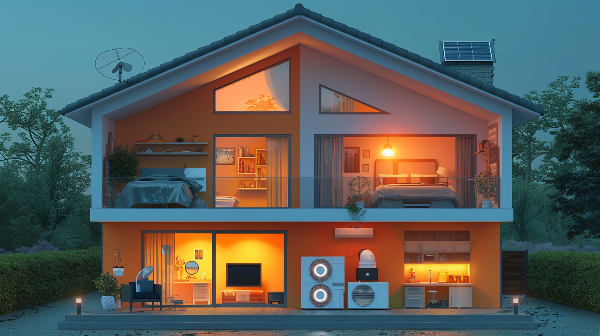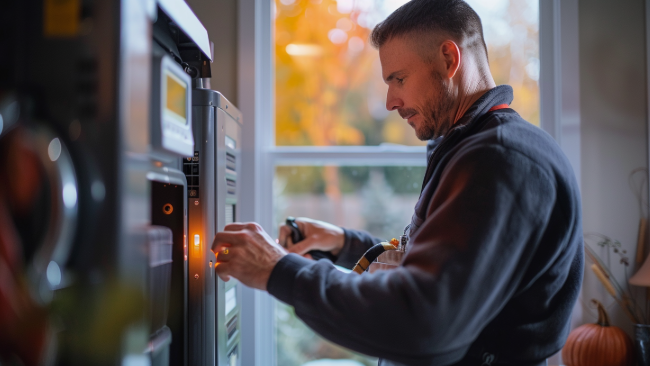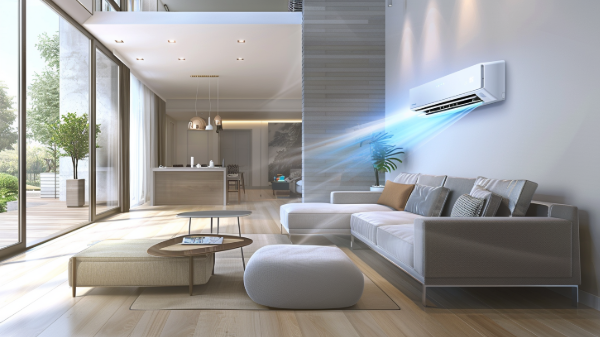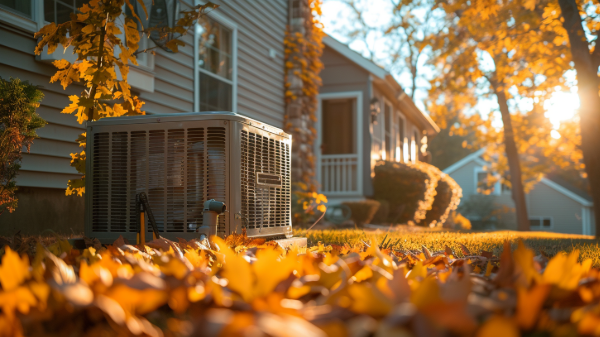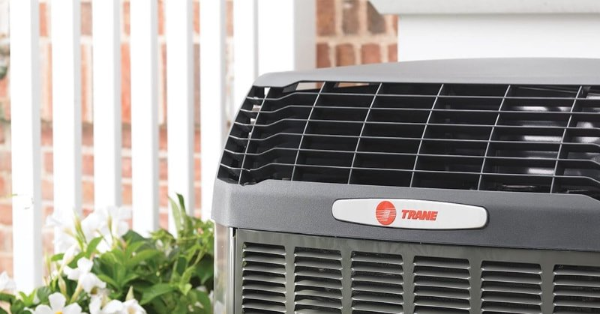How To Cool Down a Hot Second Floor Without Breaking the Bank
Affordable Fixes for Overheated Upstairs Rooms
If you’ve ever walked up your stairs in the summer only to be greeted by a wave of heat, you’re not alone. Many homeowners struggle with second floors that stay hot, even while the downstairs is cool and comfortable. The good news? You don’t always need to overhaul your HVAC system or spend thousands to fix it. With some strategic changes and affordable tools, you can bring much-needed relief to your upper floors.
Below are practical, budget-conscious tips for cooling your second floor to improve comfort, without draining your wallet.
Optimize Airflow With Simple Fan Strategies
Ceiling fans aren’t just decorative. They can dramatically improve your home's airflow. In summer, make sure they rotate counterclockwise to push cool air down. This creates a wind-chill effect that helps rooms feel cooler, allowing you to set your thermostat a few degrees higher without sacrificing comfort.
Portable fans can support your home’s airflow if used strategically. Position fans near staircases to help circulate cool air from lower floors upward. Better yet, point a fan outward from a hot upstairs room to expel warm air and encourage cooler air to flow in.
Adjust How You Use Your HVAC System
Closed doors may seem like a way to isolate cool air, but they actually hinder circulation. Keep bedroom and hallway doors open so air can move freely between rooms and return to the HVAC system efficiently. Clogged air filters also restrict airflow, forcing your system to work harder and less effectively. Check filters monthly during high-use seasons and replace them every 1–3 months to keep things running smoothly.
If weeds, leaves, or debris surround your air conditioner’s outdoor condenser, it won’t function at full capacity. Clear at least a 3–4 foot radius around the unit to maximize efficiency and airflow.
Tackle Ductwork Problems
Older homes often suffer from poorly designed or leaky ductwork, which can result in uneven cooling. You don’t necessarily need a full duct replacement. Start by having a professional check for accessible leaks and seal them with mastic or foil-backed tape. This small investment can make a noticeable difference in temperature distribution throughout your home.
Control Sunlight and Interior Heat
Windows can be a major heat source, especially on the second floor. Install heavy blackout curtains or thermal drapes and keep them closed during peak sunlight hours. These window treatments help block radiant heat from entering the room and also reduce glare and UV exposure. Window film can also help reduce solar gain without blocking natural light. It’s affordable, DIY-friendly, and effective at lowering interior temperatures.
Leverage Targeted Cooling Devices
If one room stays stubbornly warm, a dedicated cooling unit can help without stressing your central AC. A window-mounted unit or portable AC is cheaper than installing a zoned system and can cool specific rooms when needed. Just be aware that while effective, these options are less energy-efficient than central air. Use them selectively to manage costs.
Check Your Attic for Heat Traps
Hot air rises, and it often gets trapped in your attic. If that heat isn’t properly vented, it can radiate downward, warming your second floor. Poor insulation also allows attic heat to seep into your living spaces. Adding or upgrading attic insulation, especially over second-floor rooms, can make a significant impact, particularly in older homes.
Installing a solar-powered attic fan is one of the best ways to push out hot air and prevent heat buildup. Proper ventilation can lower attic temperatures by 30°F or more, making upstairs rooms much more bearable.
Set Up a DIY Cooling Zone
Zoned HVAC systems let you control temperatures separately by floor, but they’re expensive to install. Instead, mimic a zoned effect by adjusting your airflow manually. Try partially closing downstairs vents to push more air to the upper level. Don’t shut them entirely, as this could damage your system. Use adjustable vent deflectors upstairs to direct airflow where it’s needed most, like toward beds or seating areas.
Next Level HVAC Can Help Cool Down a Hot Second Floor
Cooling a hot second floor doesn’t have to be an expensive project. Small, budget-friendly changes can help your house stay comfortable all summer long, without sending your energy bill through the roof.
If these heating and cooling solutions for upper floors aren’t enough, or you suspect your HVAC system needs repairs, Next Level HVAC is here to help. Whether it's diagnosing airflow issues, repairing ductwork, or upgrading your cooling system, our expert technicians are ready to bring real comfort back to your home.
Say goodbye to sweltering summers. Look into our cooling service options today and enjoy a more comfortable home.

